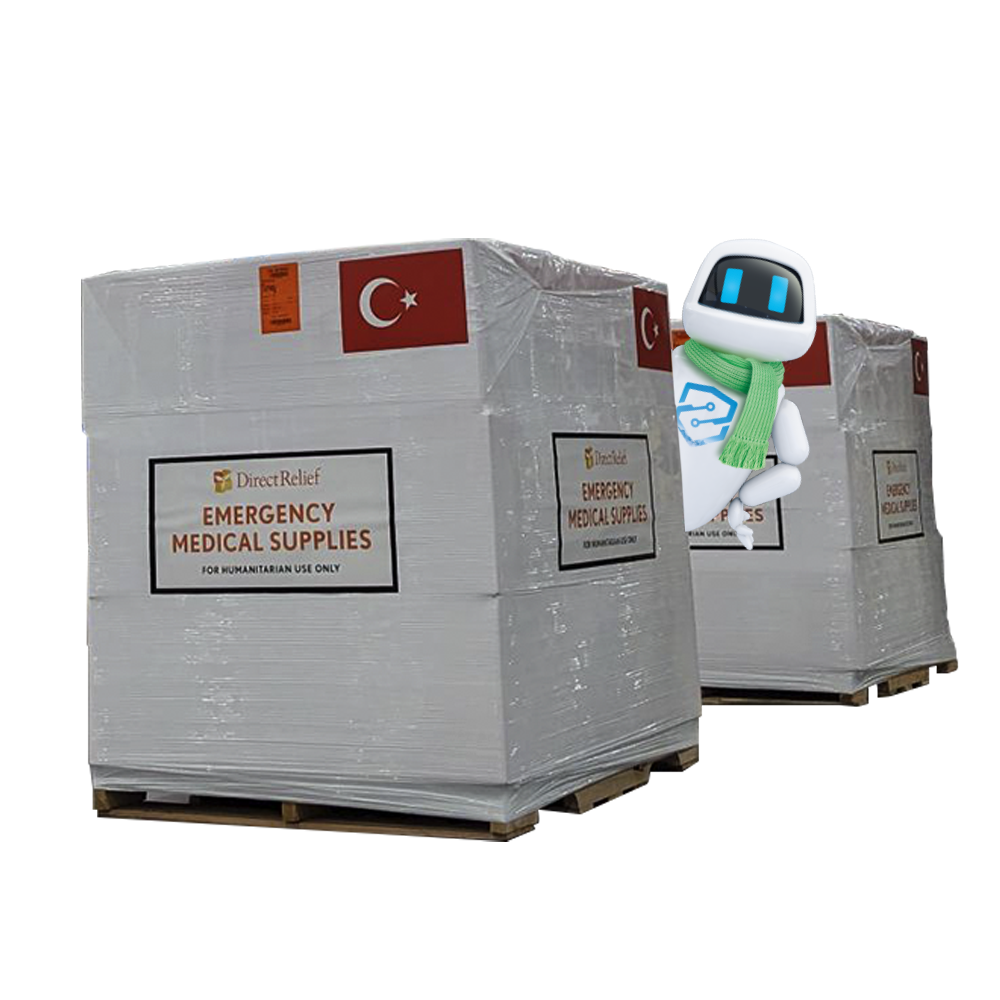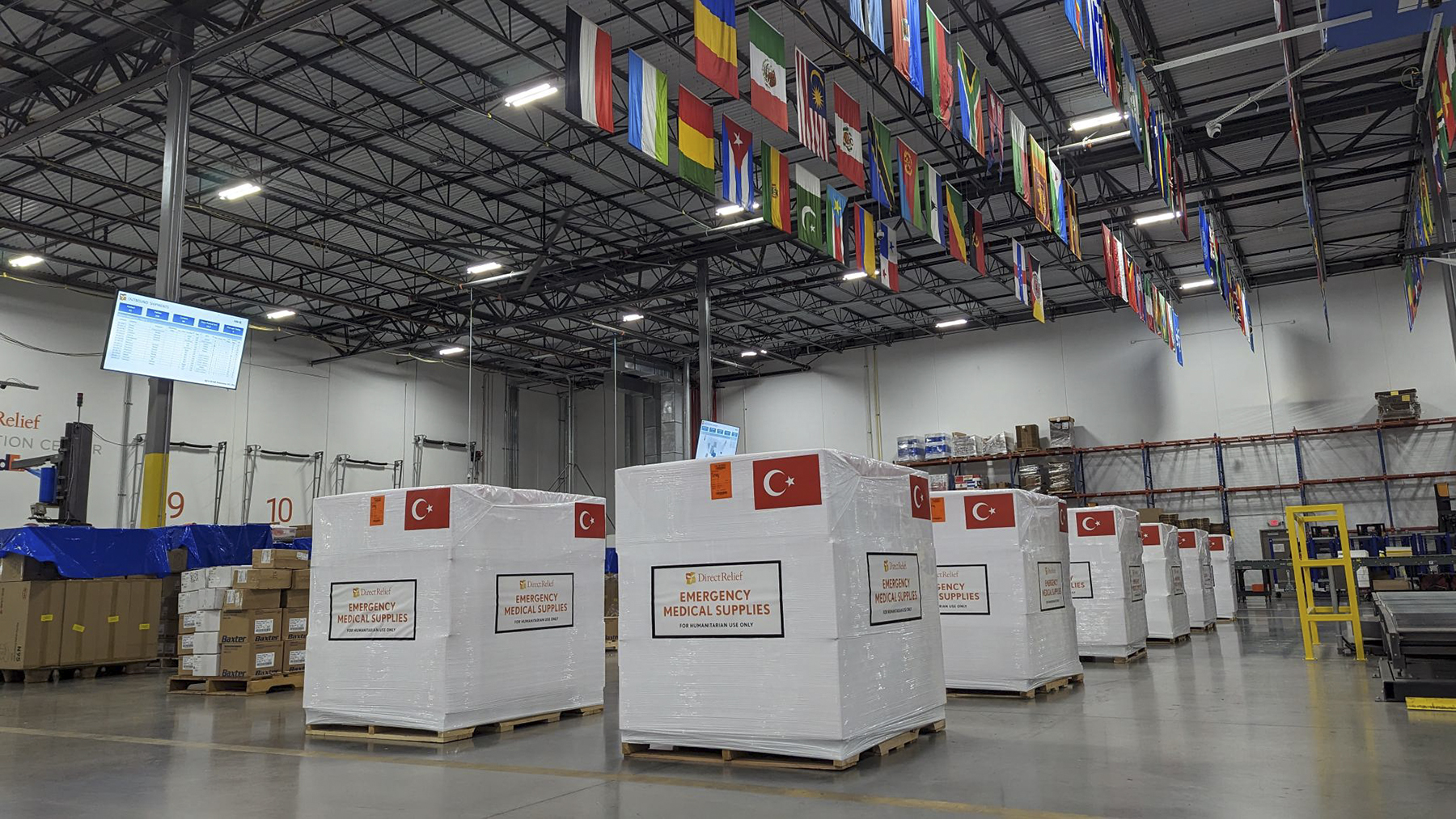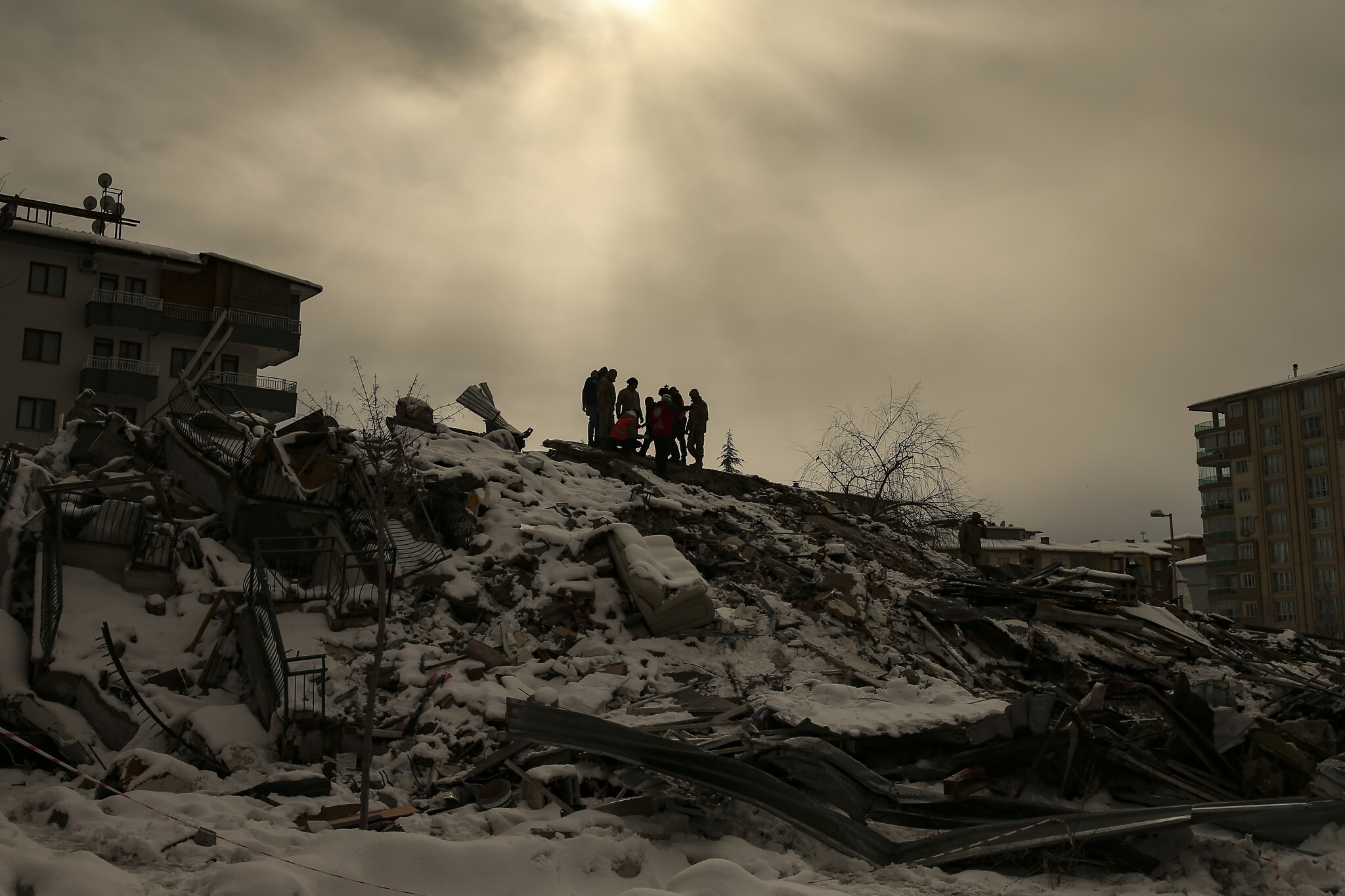A massive series of earthquakes across Turkey and Syria shows us how fragile the cold chain is. In this article, we highlight what to expect after a disaster of this magnitude, and how the affected countries can look ahead to their healthcare needs.
The recent Turkey-Syria quake has killed 35 000 people after two enormous tremors rocked the area – and survivors are still being pulled from the rubble.
“The Turkey and Syria earthquake is heartbreaking and difficult. Clearly, there will be long-term ramifications for a disaster of this magnitude,” Eftyhia Vardas, Clinical Virologist and Head of Virology at Lancet Laboratories told Pharmascout, “All infrastructure has been destroyed: health, basic water and sanitation. With typhoons and cyclones, we have the same problem. You can’t get to the places where you need to help, you can’t get water there and make it safe.”

Beyond the large death toll from the falling buildings, we can expect disease to hit the devastated area within the next few weeks.
“Cholera is a big one,” warns Prof Duncan Steele, the Deputy Director and Strategic Lead for Enteric Vaccines at the Bill and Melinda Gates Foundation.
Cholera is one of the more infamous enteric diseases that tends to strike after natural disasters of this scale. The World Health Organisation (WHO) describes it as, “…an acute enteric infection caused by ingesting the bacteria Vibrio cholerae present in contaminated water or food. It is mainly linked to inadequate sanitation and insufficient access to safe drinking water. It is an extremely virulent disease that can cause severe acute watery diarrhoea resulting in high morbidity and mortality, and can spread rapidly, depending on the frequency of exposure, the exposed population and the setting. Cholera affects both children and adults and can be fatal within hours if untreated.”
Prof Duncan lists tragedies like the Haiti earthquake in 2010, the Pakistan quake in the same year, and the Indonesian tsunami in 2004 – all of which lead to tens of thousands of deaths from cholera after the immediate need of the disaster had passed.
Cholera is not the only disease to be on the lookout for after a disaster of this magnitude. Typhoid, rabies, and later down the line, contagious diseases like measles – may also strike.
THIS QUAKE IS NOT UNIQUE
Natural disasters like this are on the rise. According to Statista, there are three times as many natural disasters as there were thirty years ago – a scary statistic that has implications for healthcare globally.
“Cholera is a big one,” warns Prof Duncan Steele, the Deputy Director and Strategic Lead for Enteric Vaccines at the Bill and Melinda Gates Foundation.
Cholera is one of the more infamous enteric diseases that tends to strike after natural disasters of this scale. The World Health Organisation (WHO) describes it as, “…an acute enteric infection caused by ingesting the bacteria Vibrio cholerae present in contaminated water or food. It is mainly linked to inadequate sanitation and insufficient access to safe drinking water. It is an extremely virulent disease that can cause severe acute watery diarrhoea resulting in high morbidity and mortality, and can spread rapidly, depending on the frequency of exposure, the exposed population and the setting. Cholera affects both children and adults and can be fatal within hours if untreated.”
Prof Duncan lists tragedies like the Haiti earthquake in 2010, the Pakistan quake in the same year, and the Indonesian tsunami in 2004 – all of which lead to tens of thousands of deaths from cholera after the immediate need of the disaster had passed.
Cholera is not the only disease to be on the lookout for after a disaster of this magnitude. Typhoid, rabies, and later down the line, contagious diseases like measles – may also strike.
An earthquake, like a tsunami, flood, cyclone, or any number of natural disasters, breaks down infrastructure and that leads to its own set of challenges as drinking water and sanitation are not only compromised, but in some situations, completely destroyed.
CRITICAL VACCINES NEEDED DURING A DISASTER AND STORAGE SOLUTIONS

Vaccines are critical to a vulnerable population, especially after a large-scale catastrophe, to prevent the already weakened population with little resources from being struck by a preventable outbreak.
The Centers for Disease Control and Prevention (CDC) recommends the following vaccines for people displaced by the tragedy (you can view the full list here for all age groups and disclaimers about exemptions):
- Influenza vaccine for anyone over 6 months old
- Varicella for chickenpox or shingles
- MMR for measles, mumps and rubella
- Tetanus boosters (Td) “…are routinely recommended every 10 years for all adults; the concern in this setting is that clean-up and repairs present an increased risk of injury and tetanus from such injuries is preventable by vaccination.”
- Pneumococcal Conjugate Vaccine, particularly “PCV13 (if high-risk) and PPSV23 (if high-risk and /or age-appropriate),” says the CDC.
Though it’s not on the CDC’s list, enteric diseases should also be considered, especially as there is a high likelihood of cholera and typhoid after a natural disaster.
Cholera, in particular, has three WHO-approved vaccines and two of them require a working cold chain, and refrigeration between 2°C – 8°C, to be effective.
- Dukoral®
- Shanchol™
- Euvichol-Plus®
Shanchol™ is unique and uses, according to WHO, the “controlled temperature chain (CTC)” which is “an innovative approach to vaccine management allowing vaccines to be kept at temperatures outside of the traditional cold chain of +2°C to +8°C for a limited period of time.”
Storing vaccines when your fridge is crushed under a mantle is a whole other challenge. Overall, the CDC recommends:
- keeping the (in-tact) but powerless fridges and freezers closed to retain the cold mass of the vaccines
- transfer the vaccines that you can to a secure facility with power
- wait until administering those vaccines vulnerable to cold-chain disturbances until you’ve checked with the appropriate authorities
- keep new stock and disturbed stock separate
Importantly, they add, “Continue to monitor temperatures if possible. Do not open units to check temperatures during the power outage. Instead, record the temperature as soon as possible after the power is restored, and the duration of the outage. This will provide data on the maximum temperature and maximum duration of exposures to elevated temperatures.”
VACCINES AND THE COLD CHAIN: LONG-TERM RAMIFICATIONS OF A DISASTER

Deborah Atherly, the Global Head of Policy, Access, and Introduction, at the PATH Center for Vaccine Innovation and Access, says in a nutshell: “The other thing that happens, of course, is health centres are destroyed and people displaced so kids miss their regular vaccines, and, depending on how long it takes a community to recover, you can see outbreaks of measles and the like.”
This excerpt from USA News & World Report neatly summarises the importance of vaccines for long term health after a disaster:
Peace Corps Response Volunteer Christy Grimsley assisted the Red Cross in Sri Lanka after an earthquake in southeastern Asia triggered the 2004 Boxing Day tsunami, which is known as one of the deadliest natural disasters in history, when more than 230,000 people died. Grimsley says the redevelopment phase follows the emergency phase. While the emergency phase “is the big splash with all the aid and assistance coming in, the development phase is how the communities then put themselves together,” she said. This phase is where the less immediate health conditions begin to be addressed.
The long-term health conditions typically addressed during the redevelopment phase include mental and psychological issues, vaccinating and eliminating the outbreak of communicable diseases like cholera, malaria, and measles and reinstating the infrastructure of the health services system.
In short, Turkey and Syria still have a long road ahead of them as they recover from this disaster. With appropriate care, and a fast medical response, we can hope to halt the preventable diseases before they hit this vulnerable population.
Sign up to the PharmaScout blog for updates, insights and a look into the future of vaccine development and ethical health care.







